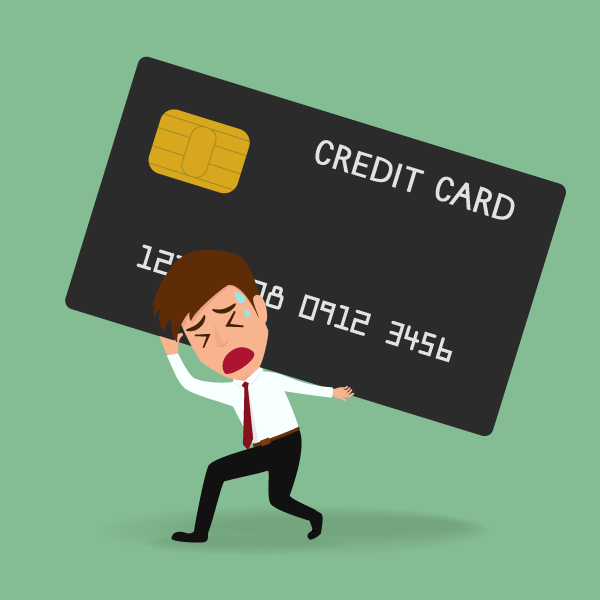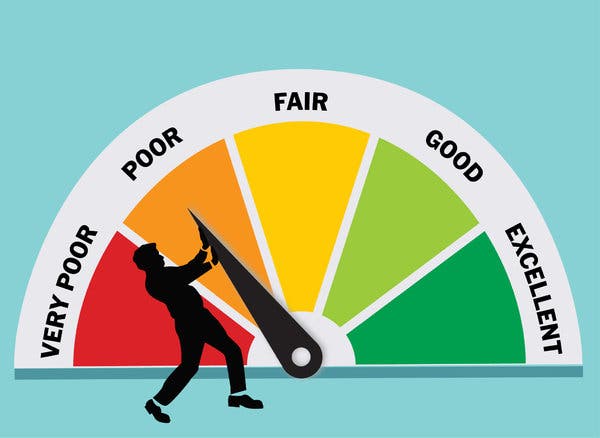
When they issue your monthly statements your credit card company may send you your revolving consumption to the credit reporting agencies. This makes it hard to maintain a low rate of revolving use. To avoid this, schedule a payment before your creditor reports your balance to the credit bureaus. This will reduce your revolving usage.
Low revolving loans balances
When credit card companies print monthly statements, they report the balances to the credit agencies. If you wait until the last day of each month to pay your balance, your monthly revolving rate will be higher. This can make it hard to maintain a low balance ratio. But, your creditor can schedule a payment schedule to be paid before reporting your balances to the credit bureaus.
Keeping your revolving debt balances low is important for maintaining a good credit score. High interest rates can lead to credit card debt. Carrying balances on these cards can result in high fees. Your best bet is to avoid these types of debt altogether. By following these three steps, you can optimize your credit score.
Revolving debts to be paid down
It is not a new idea to reduce revolving credit utilization. A type of credit card that charges a monthly fee for revolving debt, it is also known as a credit card. Important to remember that installment loans do not count as revolving. Credit cards and home equity loans of credit can be used to increase credit utilization. You can reduce your revolving credit balances and increase your credit utilization by paying down your outstanding balances.

To reduce your revolving debt, you should pay it off completely. This will enable you to have more money available when you are in need. You can only pay interest if you don't have the funds to pay it all.
Account credit limit reduction
It's crucial that you communicate with the lender if your credit limit is reduced. Let the company know about your situation. They might be able to increase your credit limit. If you are not able to get a creditor, you may be able to call another one. If you've had a bad credit history in the past, this might be an opportunity to repair your score.
Your credit limit is the maximum amount of credit you are allowed to spend with your financial institution. It is usually set based on your income, other debt, and credit history. Your credit score and ability to obtain future credit will be affected if your limit is higher than this.
Reduce credit card balances
Borrowers need to be aware of the credit score factor called "revolving utilization". It is the percentage of credit card balances that are above the total credit limit. A lower revolving percentage is better than high credit utilization. However, there are ways to lower your revolving utilization percentage without affecting your credit score.
Credit card balances can be a serious financial problem. It is vital to pay your credit card balances off as soon and as quickly as possible. In general, your goal should be to pay off all credit card balances by the due date. This can prevent you from carrying your balances over to next month. You should also spread your spending over multiple cards in order to avoid maxing out one.

Repayment of home equity credit
A home equity line of credit (HELOC) is a revolving line of credit secured against a borrower's home. This allows borrowers the flexibility to repay their loans and to borrow as much as they want, up to the credit limit's maximum. It can be used for large, recurring expenses like a major home remodel, as well as unexpected expenses like medical bills.
A home equity loan comes with a repayment term that includes monthly payments of principal and interest. The length of your repayment period will vary depending on the amount of equity in you home. Most lenders will let you borrow up to 80 percent of your equity. A fixed or variable rate of interest can be chosen.